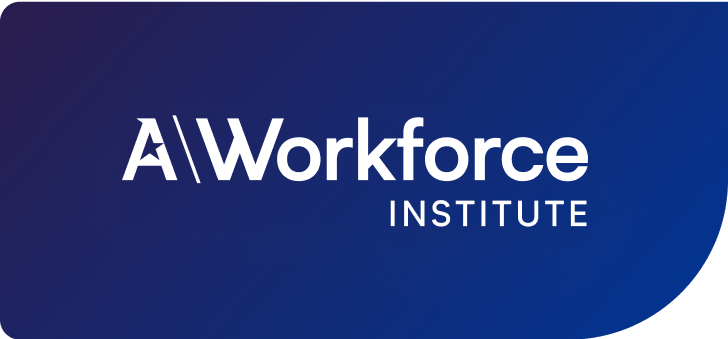Large companies are failing on flexibility
Updated on August 29, 2023

This resource is brought to you by:
Topics Covered:
Future of work
Employees at large companies (6,000+ employees) are less likely to feel engaged or valued. HR leaders at these companies report higher attraction and retention challenges than those at smaller organisations.
How can these large employers bridge the gap to engage and retain their workforce as the labor market continues to tighten?
The 2023 Engagement and Retention report showed that employees are not willing to compromise on flexibility.
Do employees like a hybrid workstyle?
Most employees do not like a hybrid workstyle, according to Achievers Workforce Institute research. Hybrid workers — those who work partly onsite and partly remote — are more likely than average to say they will job hunt in 2023. They are also less engaged and less likely to feel a strong sense of belonging compared to onsite or remote workers.
Hybrid by choice or by force?
When we narrow the discussion to hybrid workers who also say they can work in the way they prefer, we see engagement and belonging more than double.
Hybrid employees who say they cannot work in the way they prefer are 33% more likely to say they will job hunt in 2023.
Large organisations are 46% more likely than average to say they are mandating a hybrid return to work for their employees. This matches employee survey results showing that workers at large organisations are 31% more likely to say they cannot work in the way they prefer.
Work my way
Beyond just hybrid workers, being able to work in the way they prefer is one of the biggest predictors of employee engagement. These workers are more than twice as likely to be highly engaged and are 22% more likely to say they will not job hunt in 2023.
Business leaders must take employee preferences into account. What’s the most effective way to incorporate employee wants into organisational principle and policy?
How can I get employee input on HR initiatives?
Get employee input on HR initiatives through a variety of voice of employee, or VOE, tools such as surveys, polls, townhalls, focus groups, and anonymous suggestion boxes or chatbots. Employee listening is crucial for making data-guided decisions.
Employees who say their employer takes meaningful action on their feedback are 37% less likely to job hunt in 2023. This is bad news for large employers as employees at large organisations are 32% more likely to say their employer is “horrible” at acting on feedback.
What is an effective employee feedback cycle?
A simple and effective employee feedback cycle is the AWI “Ask, Answer, Act” model, which guides employers and managers through the process of gathering information, responding to trends, and taking action to improve employee satisfaction.
HR leaders often express concern about survey fatigue, but AWI research shows that inaction fatigue is the bigger risk. When employees don’t see action being taken on their feedback then they become disillusioned and are less likely to offer their insights next time.
See previous reports:
Manager Empowerment
Large organisations fall behind on employee engagement
Read the one-pager today for further data and insights on flexible work at large organisations.

Join our mailing list
Stay up to date with the latest in workforce science from Achievers Workforce Institute.
